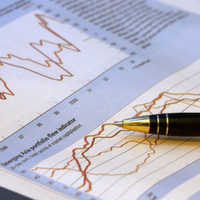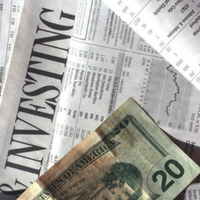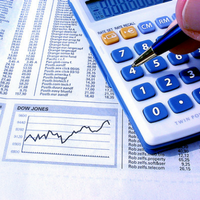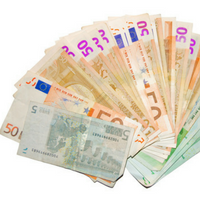Can it all be about the Treasury yield?
| 13-02-2018 | treasuryXL |
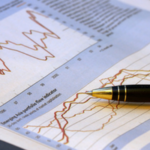 Since the beginning of February there has seen large declines in all the major stock markets – Dow Jones down 9%, AEX down 7%, DAX down 7%, FTSE down 5%. The major reason given is that the market has been disturbed by the thought that interest rates in the US will rise more quickly than previously expected as prospects of inflation come to the fore. Going counter to this thought is the explanation that stock markets achieved good growth in 2017 – all major markets were up with some growing by 15% – and that this is a bout of profit taking, before participants will buy on the dip.
Since the beginning of February there has seen large declines in all the major stock markets – Dow Jones down 9%, AEX down 7%, DAX down 7%, FTSE down 5%. The major reason given is that the market has been disturbed by the thought that interest rates in the US will rise more quickly than previously expected as prospects of inflation come to the fore. Going counter to this thought is the explanation that stock markets achieved good growth in 2017 – all major markets were up with some growing by 15% – and that this is a bout of profit taking, before participants will buy on the dip.
There is a major rethink as to the predicted treasury yields for the end of 2018. The German 10year Treasury yield, which is seen as a benchmark in the Eurozone, had an average yield in 2017 of about 0.30%. In the first six weeks of 2018 this has more than doubled and the yield is now 0.72%. Reports that had been published at the end of 2017 are rapidly being updated as the predictions are adjusted for the reality of the current market. A quick look at the websites of major banks show a consensus that the yield could easily be 1% at the end of 2018.
As the German 10year Treasury is a benchmark for pricing other long dated instruments within the Eurozone, this implies that all other rates will be rising faster than expected. If we assume that spreads between Interest rate swaps (IRS) and Treasury remains fairly constant, this would imply that 10year EUR IRS will have a fixed rate around 1.50% by the end of 2018 having averaged around 0.80% for 2017.
Included is a graph showing the price movement of 10Y EUR IRS since start of 2017
 At the moment headline inflation is remaining stable, but it appears that the market is expecting inflation to move higher in 2018. The increase in the yield of US 10 year Treasury rates has been more rapid than expected – at the moment the yield is almost 2.90%. It would appear that the increase in US rates is pulling other currency yields higher. Furthermore rises in US interest rates will have an impact on FX hedging policies for companies.
At the moment headline inflation is remaining stable, but it appears that the market is expecting inflation to move higher in 2018. The increase in the yield of US 10 year Treasury rates has been more rapid than expected – at the moment the yield is almost 2.90%. It would appear that the increase in US rates is pulling other currency yields higher. Furthermore rises in US interest rates will have an impact on FX hedging policies for companies.
Treasury yields have been in a bull market for almost 40 years – in the early 1980s the yield on 10year German treasury was around 10%. This fell gradually and actually turned negative in 2016. Are we entering a new bear market?

